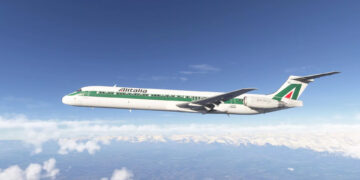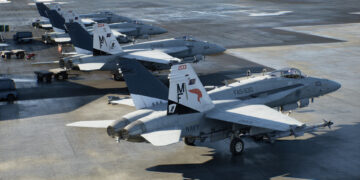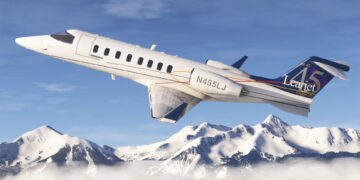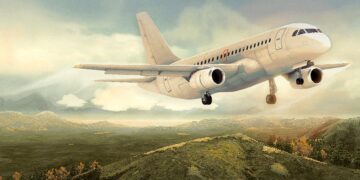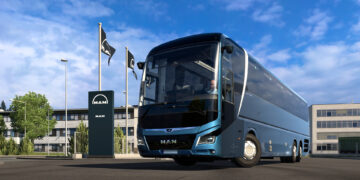Technology and innovation gurus create many buzzwords that we use at dinner parties and for journalists to spice up the trending news. The buzzwords represent our common understanding condensed to a singularity and become embedded into our cultural norms. Recently, the term ‘Digital Twin’ has become very popular, however our understanding of the true potential is still forming.
The coining of “Digital Twin” is generally attributed to a 2002 paper by Dr Michael Grieves from the University of Michigan. This concept evolved from a wide range of applications in manufacturing and engineering.
In the past, the understanding of physical objects was limited to proximity-based data, by which information is gained via direct observation, limited to what was available to our five senses.
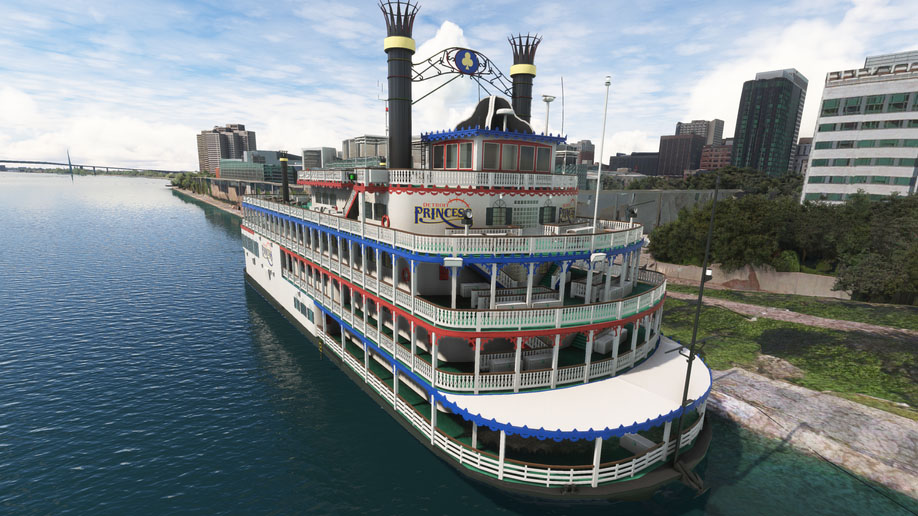
As measurement techniques have been improved, rudimentary digital twins similar to a statue have progressed to become dynamic and able to predict changes and behaviours over time. The design and testing of complex systems can now be done virtually to highlight potential failures and identify design improvements.
For example, flight simulation enthusiasts are very aware of what constitutes a digital twin. You love to fly your favourite airliner, taking off from anywhere, flying along your favourite routes, and arriving at a place you choose… anywhere in the world. Free of restrictions, across magnificent landscapes, you live your passion in a digital realm.
At the core, a digital twin is a virtual replica. This sounds simple and as a consequence, it results in some common misconceptions. Let’s take a look at them.
Simple Replicas
Digital twins might be perceived as simplistic 3D models or replicas, however, they are far more sophisticated. By incorporating complex data, animations and algorithms they can offer an in-depth view of the object and its operation.
Digital twins are kept up-to-date. Historical data, real-time updates, and data analytics allow for incredibly complex twins, enabling applications beyond just entertainment.
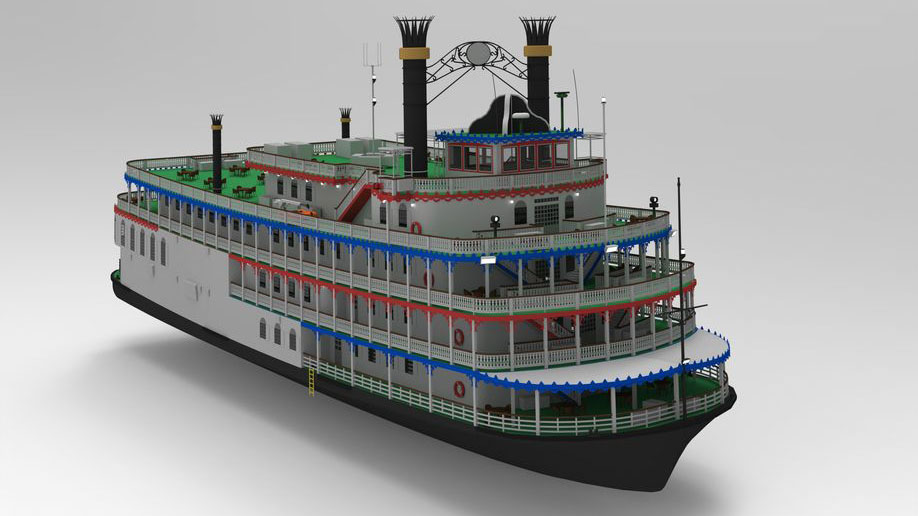
Limited to Physical Objects
You may think that digital twins are only for physical things like machines or buildings, but they are commonly used to represent the intangible. Financial organisations use their own twins to simulate market conditions, asset performance, and investment strategies, enabling them to optimise financial allocations and fine-tune risk management
Ernst Young in their April 2022 paper posited that replacing ‘physical goods and real-world experiences with digital and virtual alternatives could drive substantial sustainability benefits’.
One-to-One Correspondence
Another misconception is that each physical asset must have a one-to-one digital twin. While this may be true for certain scenarios, digital twins can also represent groups of assets, subsystems, or entire systems. For example, a digital twin of a smart city can encompass various interconnected elements such as transportation networks, energy grids, and public services.
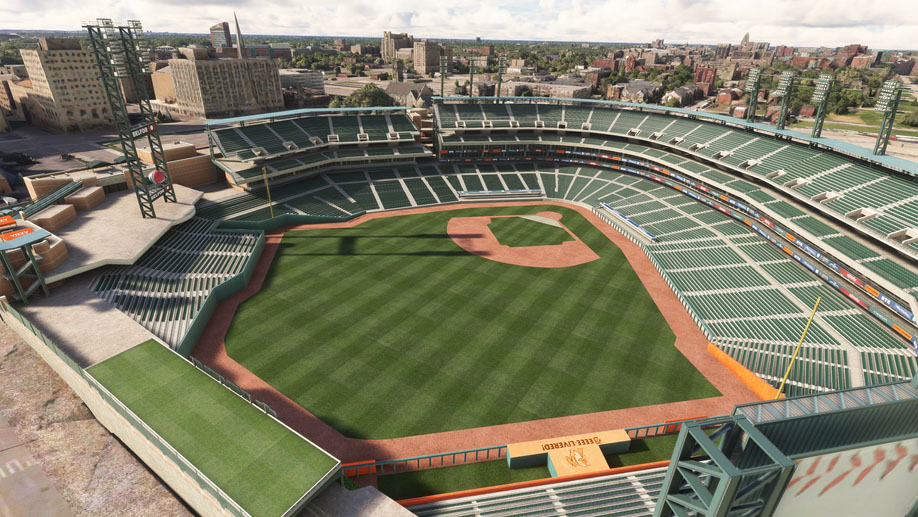
Expensive and Complex
It would be reasonable to assume that creating a digital twin is costly and complex, requiring significant investment in design, sensors, data infrastructure, and modelling. In reality, creating a digital version of a planned real-world activity provides the opportunity to identify inefficiencies, leading to overall cost savings.
While some applications are very complex to implement, advancements in simulation using cloud computing and artificial intelligence will increase the opportunities where using a digital twin makes sense.
Limited to High-Tech Industries
Digital twins are usually associated with high-tech industries like aerospace, however, their applicability extends to other sectors including healthcare, transportation, agriculture and more. In the agriculture sector, collaborations between scientists, software developers, and agriculturalists, digital twins are reshaping how farmers think about their work.
The creation of 3D farm models from LiDAR data overlaid with water flow modelling, tree canopy, and data from sources like satellites, weather stations and soil sensors results in a detailed and dynamic view of the farm enabling farmers to measure the outcomes of their on-farm decisions.
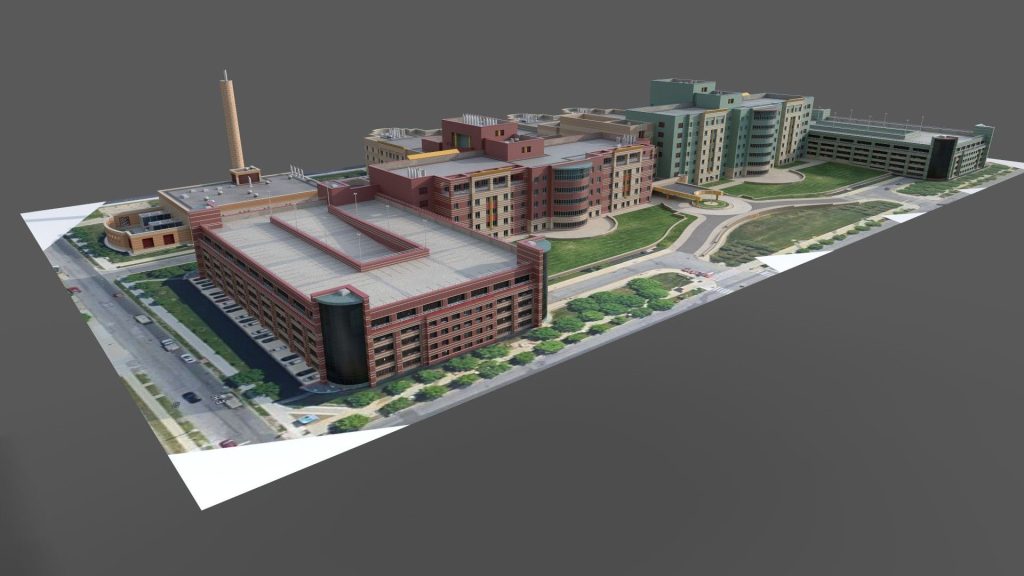
Instant Solution for All Problems
Finally, we might hope that implementing a digital twin will be the answer to all problems. While digital twins offer valuable insights on how we can improve, their successful implementation is more than the technological solution.
Beyond the simulated environment, we need people to buy into any changes, and to consider how we integrate with existing systems while incorporating ongoing maintenance and refinement.
In conclusion, digital twins hold great potential to go beyond copying things. They can represent invisible stuff like processes and behaviors, and they allow us to make our mistakes in a safe and cost-effective environment.
Getting on board with digital twins means seeing things in a different way, seeing into the future, making things run smoother, and making better decisions.
Carlo and the Orbx team have made hundreds of digital twins to delight enthusiasts and support businesses. You can reach out to me or on Linkedin if you have any thoughts, questions, or projects that can benefit from a digital twin solution.





